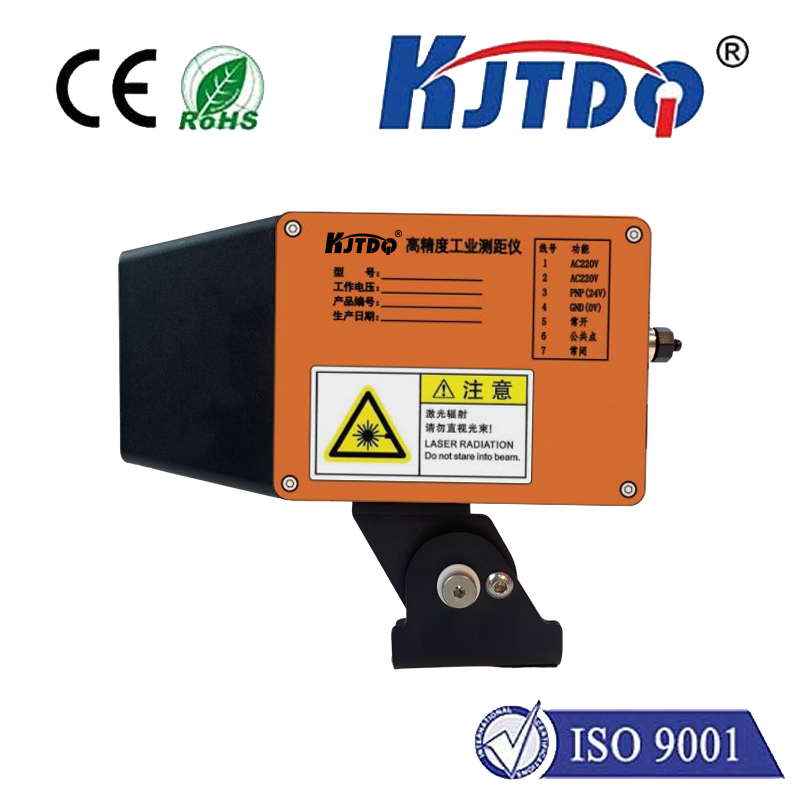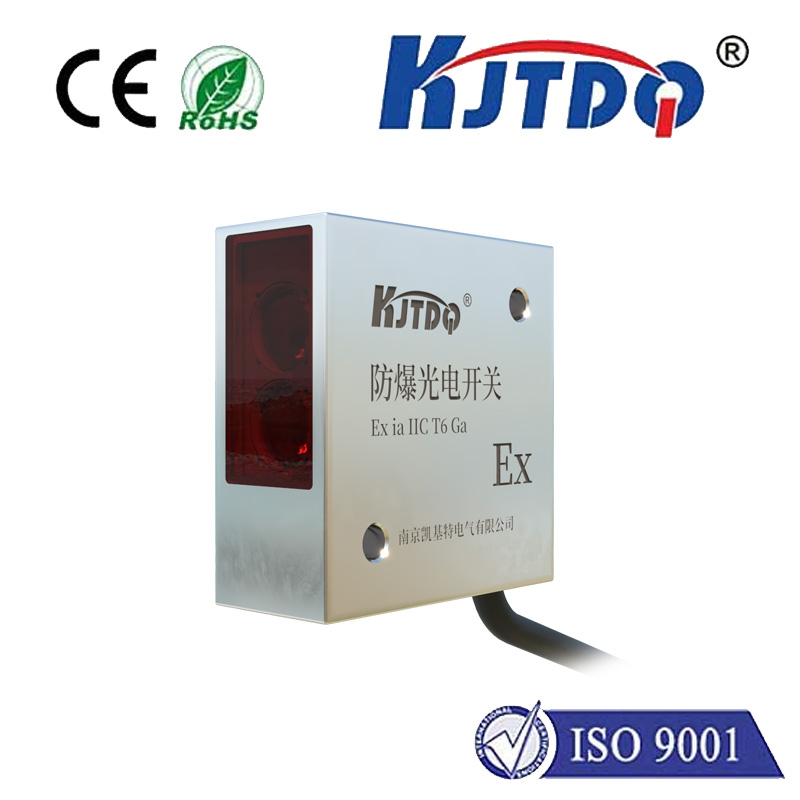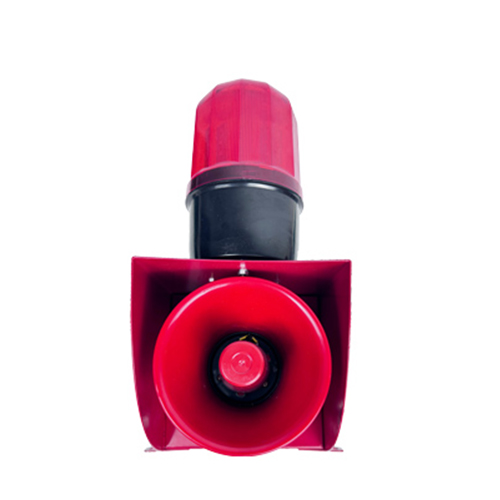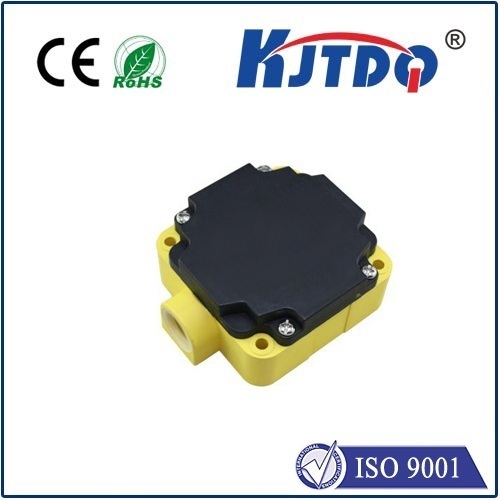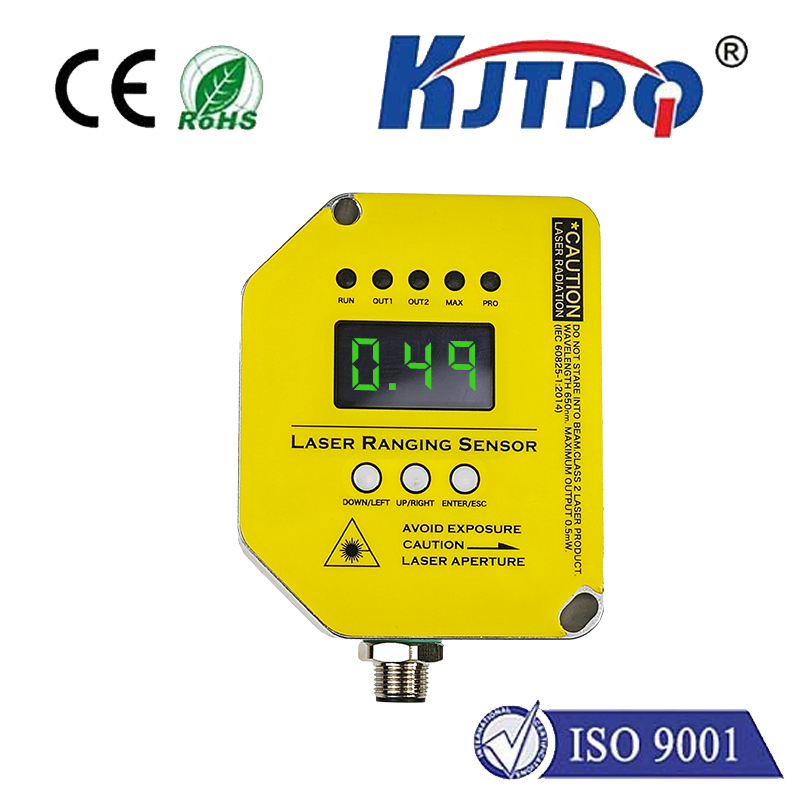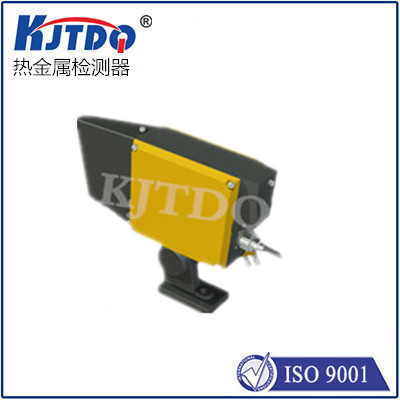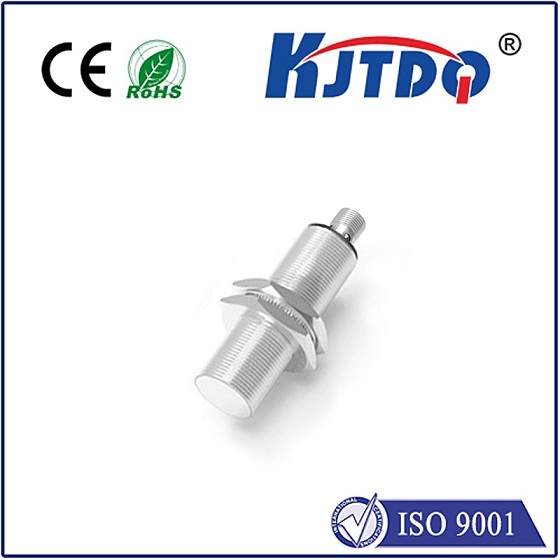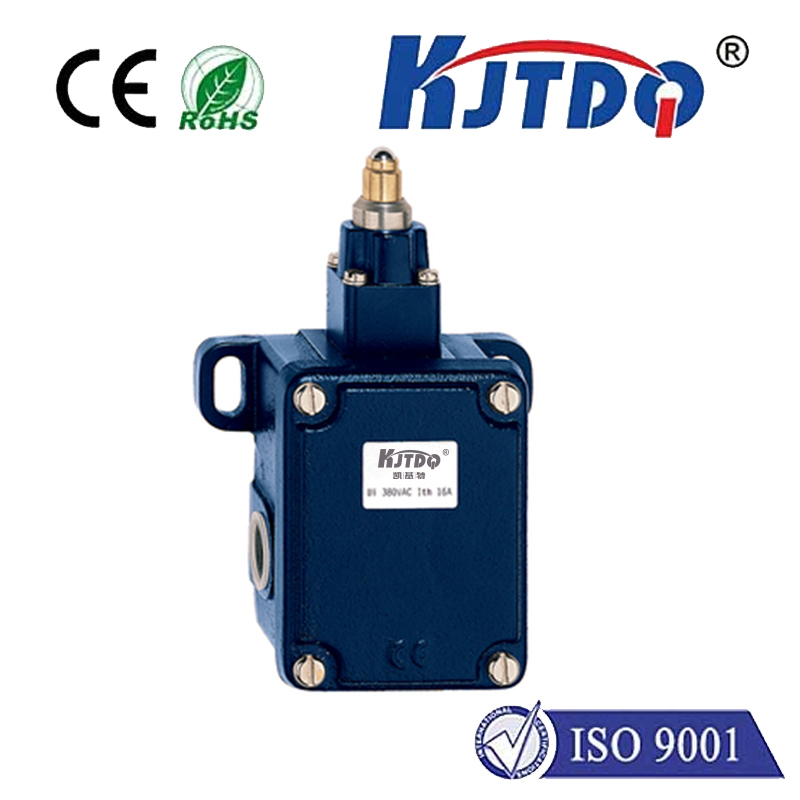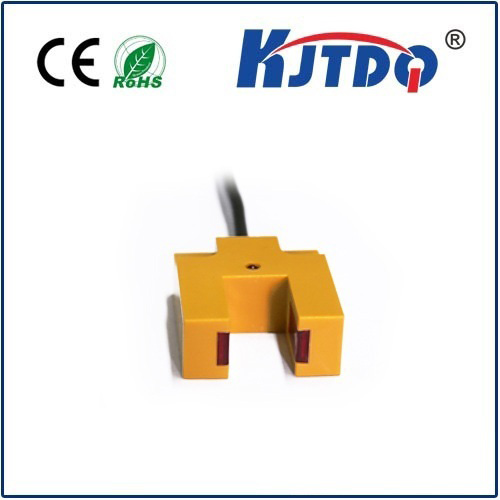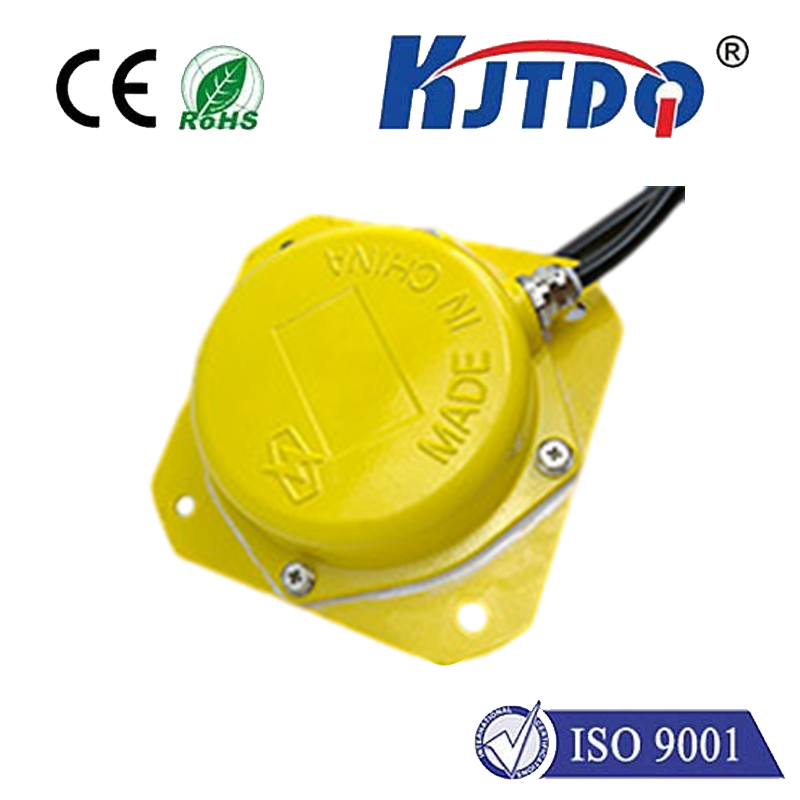E3FA-VN21 5v photoelectric sensor
- time:2025-09-28 03:57:56
- Нажмите:0
Unlocking Precision Detection: The Power of the E3FA-VN21 5V Photoelectric Sensor
In the intricate dance of modern automation and precise object detection, photoelectric sensors are the unsung heroes. They provide the critical “eyes” for countless machines and systems, ensuring everything runs smoothly and efficiently. Among the diverse range of options, the E3FA-VN21 5V photoelectric sensor stands out, particularly for applications demanding compact size, reliable performance, and compatibility with lower-voltage systems. Let’s delve into what makes this specific sensor a compelling choice.
Beyond the Name: Decoding E3FA-VN21 5V
Understanding the nomenclature is key. The “E3FA” prefix typically denotes a specific series within a manufacturer’s lineup – in this case, Omron’s compact, general-purpose photoelectric sensors. The “VN21” suffix provides vital details: “V” often indicates a through-beam type sensor, and “N” signifies a standard sensing distance for that series. Crucially, the “5V” clearly specifies its operating voltage: 5V DC. This sets it apart from more common industrial sensors designed for 12-24V DC systems.
The Core Advantage: Embracing the 5V Ecosystem
This specification is fundamental. While robust 24V systems dominate factory floors, a vast world of electronics thrives at the lower 5V standard. Think microcontrollers (like Arduino, Raspberry Pi), embedded systems, battery-powered devices, robotics projects, and numerous custom electronic circuits. Integrating sensors directly into these 5V environments often requires cumbersome level-shifting circuitry when using higher-voltage sensors. The E3FA-VN21 eliminates this need.

- Seamless Integration: Connect directly to 5V power supplies and logic inputs/outputs without additional converters. This simplifies wiring, reduces component count, saves space, and lowers overall project complexity and cost.
- Ideal for Prototyping & Hobbyists: Perfect breadboard-friendly voltage for electronics enthusiasts and rapid prototyping scenarios.
- Энергоэффективность: Operating at 5V generally consumes less power than higher voltage counterparts, a significant advantage for portable or battery-operated devices. Its low current draw is a key efficiency trait.
- Compact Robotics: Essential for lightweight mobile robots where space and weight are at a premium, and power is supplied by batteries or USB.
Understanding Through-Beam Technology
As a through-beam type sensor (implied by the ‘V’ in VN21), the E3FA-VN21 consists of two separate units: a transmitter (emitter) and a receiver. The transmitter constantly emits a beam of light – typically infrared (IR) for the E3FA series. The receiver, positioned directly opposite the transmitter, detects this beam. An object is sensed when it physically interrupts this light path between the two units.
Key Strengths of Through-Beam Sensors:
- Longest Sensing Ranges: Capable of detecting objects reliably over distances much farther than reflective or diffuse sensors – up to 15 meters or more in some high-end models (specific max range depends on exact E3FA variant).
- High Reliability & Stability: Less susceptible to the object’s surface color, texture, or reflectivity compared to diffuse types. The detection is based purely on beam interruption.
- Precise Detection: Excellent for detecting small objects or achieving very precise position registration due to the focused beam.
E3FA-VN21: Compact Powerhouse
Beyond its crucial 5V operation, the E3FA-VN21 embodies the strengths of its series:
- Small Form Factor: Its compact cylindrical housing (typically M12 or M18 threaded barrel) allows installation in tight spaces where larger sensors wouldn’t fit.
- Прочная структура: Features a durable plastic housing resistant to common industrial environmental factors like dust and minor splashes. Offers sufficient ruggedness for many demanding applications.
- Fast Response Time: Engineered for high-speed detection, reacting swiftly to objects breaking the beam, essential for automation lines with rapid cycle times.
- PNP Output (Typically): Most variants feature a transistor output (often PNP, sourcing current). This provides a clear digital signal (On/Off) easily readable by PLCs, microcontrollers, or other control circuits. The Light-On/Dark-On operation mode is usually configurable via a switch on the sensor body.
- Easy Installation & Alignment: The separate emitter and receiver units, often with built-in alignment indicators (like bright LEDs), simplify initial setup and troubleshooting. Their standard threaded barrels facilitate quick mounting.
- Visible Red Light Option (Common): Many E3FA models, possibly including some VN21 variants, offer visible red light beams instead of IR. This makes alignment significantly easier during installation, as the beam path is clearly visible to the human eye.
Where Does the E3FA-VN21 5V Sensor Shine?
Its unique combination of features makes it ideal for numerous scenarios:
- Prototyping Labs & Educational Settings: Powering directly from a bench supply or microcontroller board simplifies experimentation and learning.
- Low-Voltage Control Panels: Integrating directly into panels using 5V logic power.
- Battery-Powered Devices: Mobile equipment, handheld tools, or temporary monitoring setups benefit from the lower power consumption.
- Small-Scale Automation & Machinery: Packaging machines, assembly jigs, or conveyors using compact controllers.
- Robotics: Essential for obstacle detection, positioning arms, or counting tasks on robots using 5V power buses.
- Precision Equipment: Applications requiring reliable beam interruption detection where 5V is the system standard.
- Security & Access Systems: Door/gate monitoring or object presence detection in custom low-voltage security setups.
Important Considerations
- Physical Separation: Remember, through-beam requires mounting two separate units (emitter and receiver) and ensuring they are correctly aligned. This demands more installation space and planning compared to a single-unit diffuse sensor.
- Wiring: Requires running cables to both the emitter and receiver locations. Using pre-cabled or connectorized versions simplifies this.
- Environmental Factors: While robust, heavy dust, fog, or direct intense light interference between emitter and receiver can potentially disrupt the beam. Careful placement is key.
Выводы
The E3FA-VN21 5V photoelectric sensor fills a vital niche in the sensing landscape. Its ability to operate directly from a common 5V DC power source lowers barriers to integration for vast segments of electronics development, compact automation, robotics, and portable applications. Combined with the inherent reliability and long-range capability of through-beam detection, compact physical size, and robust design, it offers a powerful, simplified sensing solution. When your project demands precise object presence detection within a low-voltage ecosystem, the E3FA-VN21 emerges as a highly practical and effective tool, proving that small size and low voltage do not compromise on sensing performance.

